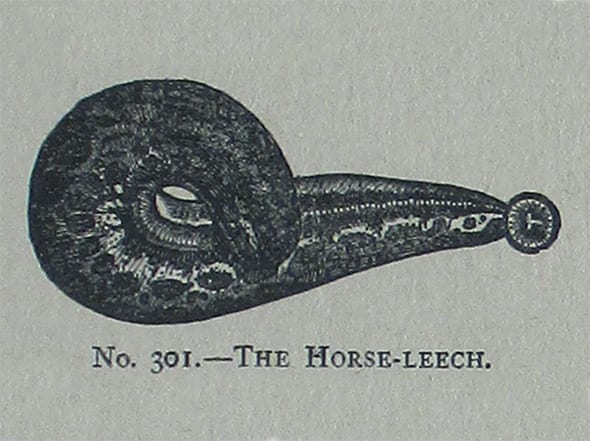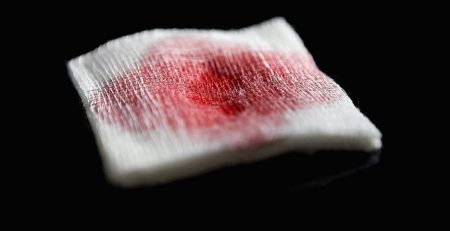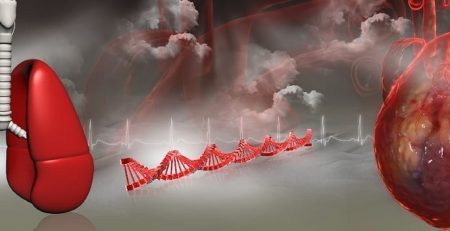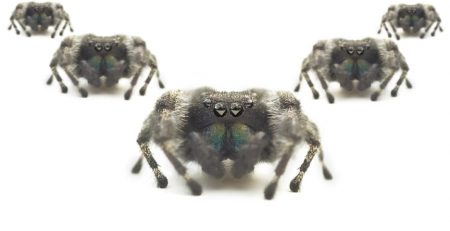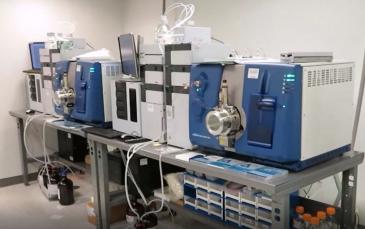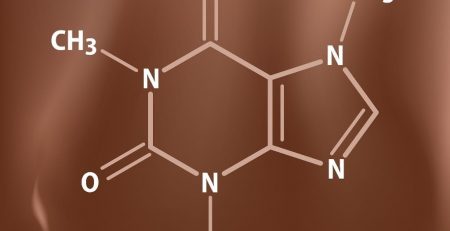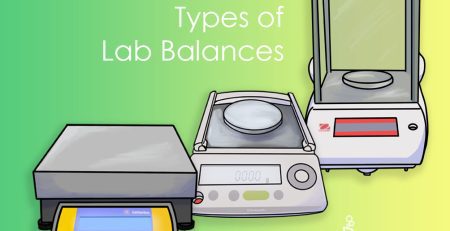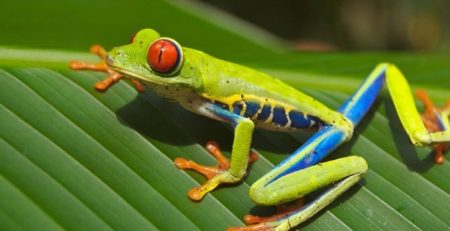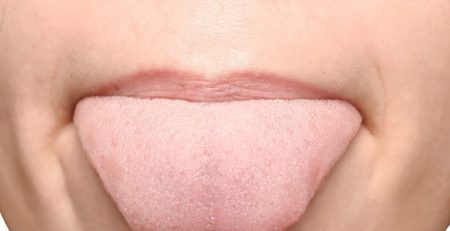Leeches: Maintaining Their Place in Modern Medicine
While the practice of bloodletting is more than a thing of the past, medical professionals are still finding a way to utilize leeches.
“We always have leeches on hand,” Vishal Thanik, a plastic surgeon at New York City’s Bellevue Hospital and New York University’s Langone Medical Center, told Popular Science.
While they’re no longer used to cure epilepsy or treat nosebleeds, plastic surgeons and others frequently performing reconstructive operations have found these creepy, crawly creatures especially helpful during microsurgeries, such as reattaching body parts like fingers, toes, or even bits of scalp. “We’re probably only subspecialty that uses it, across the surgical spectrum,” assistant professor of plastic and reconstructive surgery at Yale School of Medicine Adnan Prsic said. “We’ve been using them for a long time.”
As far back as 1985 as a matter of fact. According to The New York Times, a young Boston-area boy had his ear successfully reattached after it had been bitten off by a dog. However, after a few days, the ear began to turn a bluish black due to blood congestion. When anti-clotting agents failed to work, the boys doctor turned to leeches. Twenty years later, the U.S. Food and Drug Administration would approve leeches as an acceptable medical device for plastic surgery.
It’s because of the complex nature of reattachment and reconstructive surgeries that leeches may sometimes be necessary. An imbalance in blood flow may impact the reattached body part’s healing process, but attaching a leech to the affected area allows for any access blood to be quickly and painlessly drained. Their saliva also contains bioactive compounds such as anticoagulants, anesthetics, antihistamines, and vessel dilators that can be beneficial to patients as well.
As with any form of treatment, there are a number of risks involved in this type of treatment, including increased risk of infection or need for transfusion, and while many practitioners are unlikely to ever use leeches, supporters such as Thanik and his colleagues at the Langone Medical Center are hoping and attempting to create a standardization of leech therapy.
Read more about modern leech therapy in Popular Science.




